LATVIJA.FM
Latvian National Symbols: What They Represent
National symbols are more than mere emblems on flags or pages in textbooks. In Latvia, they serve as deeply felt expressions of history, identity, and resilience. Born from nature, mythology, and centuries of struggle, Latvian symbols reflect the country’s enduring connection to the land and the values it holds dear. From the radiant sun motifs woven into folk textiles to the majestic lines of the Freedom Monument in Riga, these icons speak in a visual language that unites past and present, whispering stories of hope, sacrifice, and selfhood.
The Three Stars: Unity in Diversity
Atop the Freedom Monument, three golden stars rise into the sky, held aloft by a robed female figure—often interpreted as Milda, the spirit of Latvia. Each star represents one of the historical regions of the country: Kurzeme, Vidzeme, and Latgale. When Latvia declared its independence in 1918, these regions, each with their own traditions and dialects, were united under a single flag. The three stars have since come to symbolize this union: a shared destiny built on diversity and solidarity.
More than a design, the image is one of emotional unity—a reminder that Latvia is strongest when it embraces the fullness of its identity.
More than a design, the image is one of emotional unity—a reminder that Latvia is strongest when it embraces the fullness of its identity.
The Latvian Coat of Arms: Nature, Nobility, and Nationhood
The Latvian coat of arms is a mosaic of motifs, each chosen with care. At its heart is the rising sun, a powerful metaphor for independence and rebirth. This symbol was used by Latvian riflemen during World War I and later adopted by the independence movement as a beacon of the country’s awakening.
Flanking the shield are the red lion of Kurzeme and the silver griffin of Vidzeme and Latgale, both mythical creatures symbolizing courage, vigilance, and strength. Below them lie three golden stars, mirroring those of the Freedom Monument. Together, they form a visual proclamation of Latvia’s sovereignty, history, and pride—a heraldic portrait of a nation that has earned its place in the world.
Flanking the shield are the red lion of Kurzeme and the silver griffin of Vidzeme and Latgale, both mythical creatures symbolizing courage, vigilance, and strength. Below them lie three golden stars, mirroring those of the Freedom Monument. Together, they form a visual proclamation of Latvia’s sovereignty, history, and pride—a heraldic portrait of a nation that has earned its place in the world.
The Lielvārde Belt: A Woven Cosmos
Few national symbols are as uniquely Latvian as the Lielvārde belt. Worn as part of traditional folk costume, this woven sash is more than a decorative textile. It contains ancient symbolic codes, some dating back to pre-Christian times—patterns that scholars believe may have once functioned as a spiritual language.
Every motif within the belt is significant: the thunder cross, the sun sign, the zigzag of water, and more. They speak of natural forces, ancestral protection, and harmony between humans and the world. It is no surprise that the pattern of the Lielvārde belt was chosen as a watermark for the Latvian passport—carried across borders, it remains a quiet yet powerful link to heritage.
Every motif within the belt is significant: the thunder cross, the sun sign, the zigzag of water, and more. They speak of natural forces, ancestral protection, and harmony between humans and the world. It is no surprise that the pattern of the Lielvārde belt was chosen as a watermark for the Latvian passport—carried across borders, it remains a quiet yet powerful link to heritage.
The Latvian Flag: Deep Red, Pure White
Latvia’s flag—crimson red with a white stripe—is one of the oldest national flags in the world, with origins traced back to the 13th century. According to legend, the color symbolizes a fallen leader, wrapped in a white sheet stained with blood from battle. The red stands for bravery, the fight for freedom, and the many who gave their lives to protect their homeland; the white, for purity, peace, and hope.
Simple yet profound, the Latvian flag embodies the country’s hard-won independence and its unwavering sense of identity—an emblem flown in both celebration and resistance.
Simple yet profound, the Latvian flag embodies the country’s hard-won independence and its unwavering sense of identity—an emblem flown in both celebration and resistance.
Symbols That Speak Beyond Borders
What unites all these symbols—whether woven, carved, or flown—is their emotional resonance. They tell the story of a small nation with a strong sense of self; of a people who have endured occupation and exile but never lost sight of their roots. These are symbols of survival, beauty, and belonging.
In wearing a Lielvārde belt, placing flowers at the Freedom Monument, or simply gazing up at the stars on a crisp Latvian night, one partakes in a quiet affirmation: We are still here. We remember. And we carry these stories forward.
In wearing a Lielvārde belt, placing flowers at the Freedom Monument, or simply gazing up at the stars on a crisp Latvian night, one partakes in a quiet affirmation: We are still here. We remember. And we carry these stories forward.
Cover image: Spekozols, CC BY-SA 4.0
“Traditional Latvian masks used in mumming ritual processions during Mārtiņi on November 10 and Katrīnas on November 25.”
View original on Wikimedia Commons
“Traditional Latvian masks used in mumming ritual processions during Mārtiņi on November 10 and Katrīnas on November 25.”
View original on Wikimedia Commons
